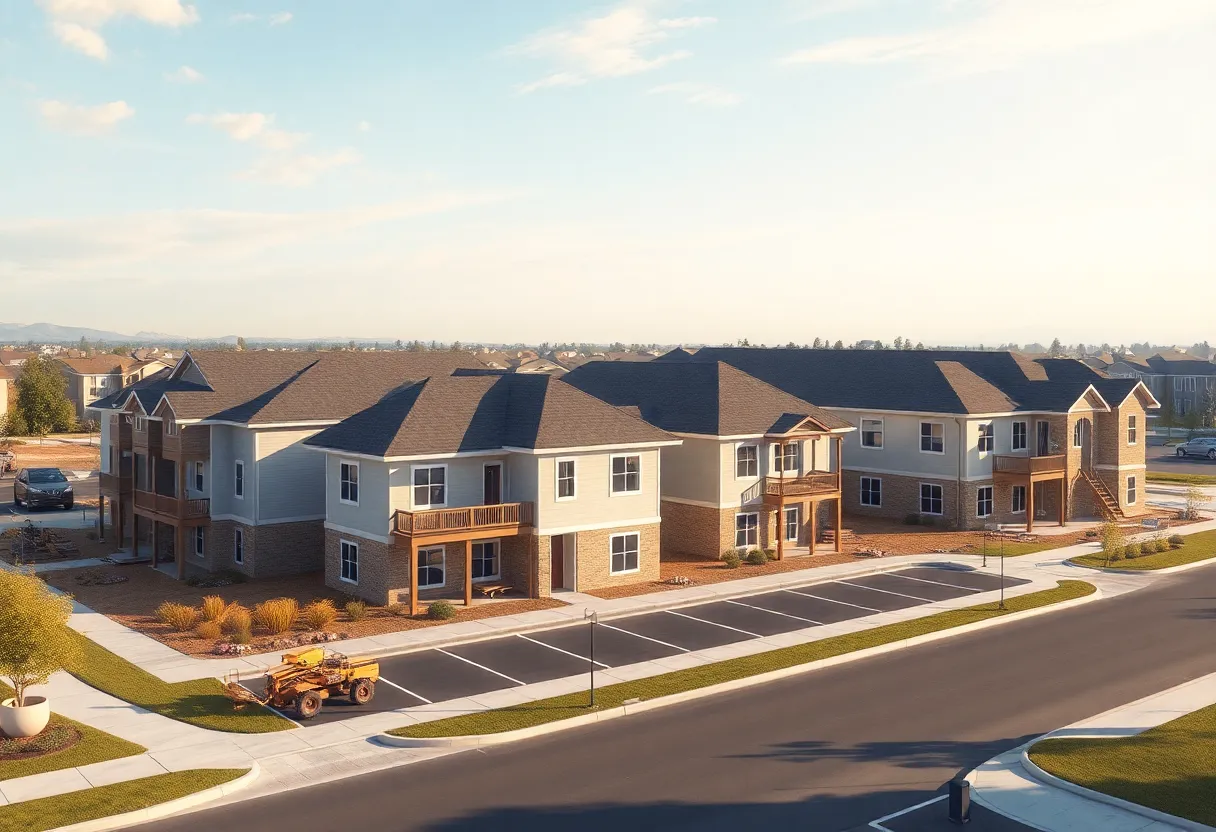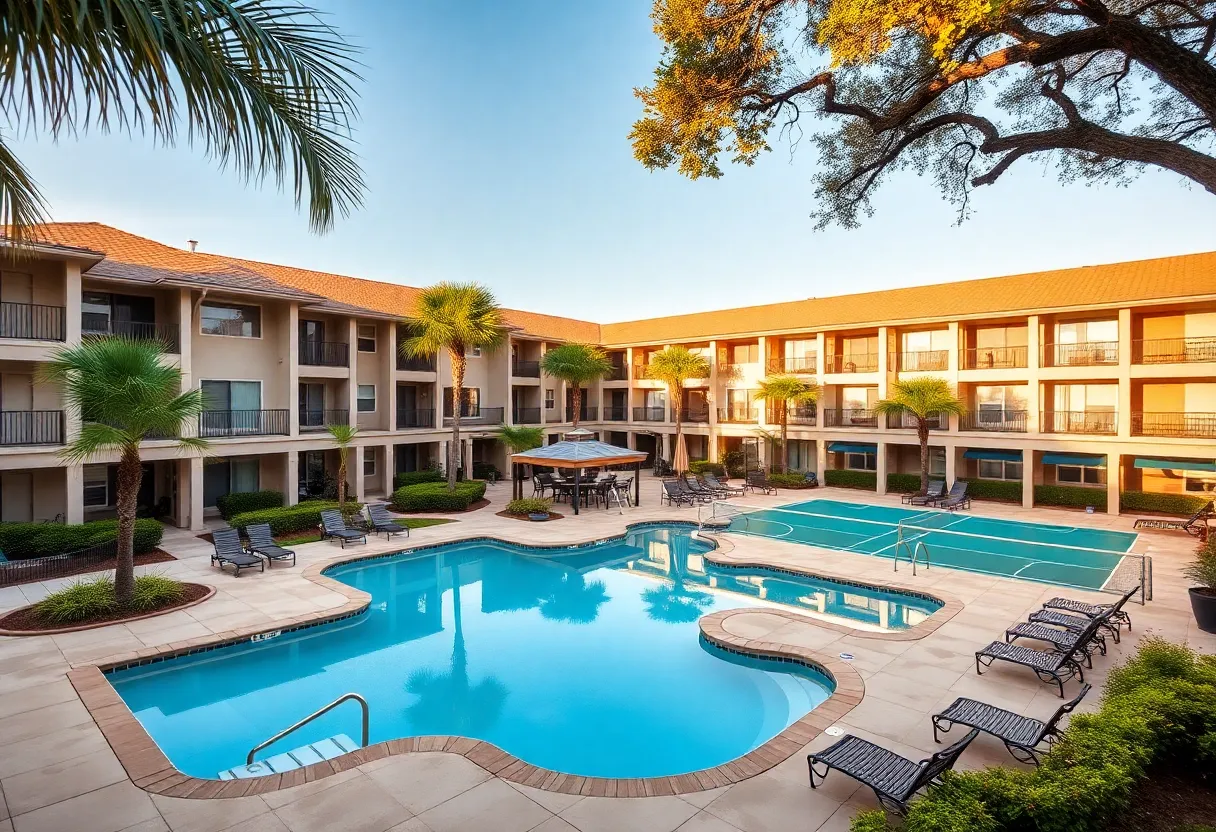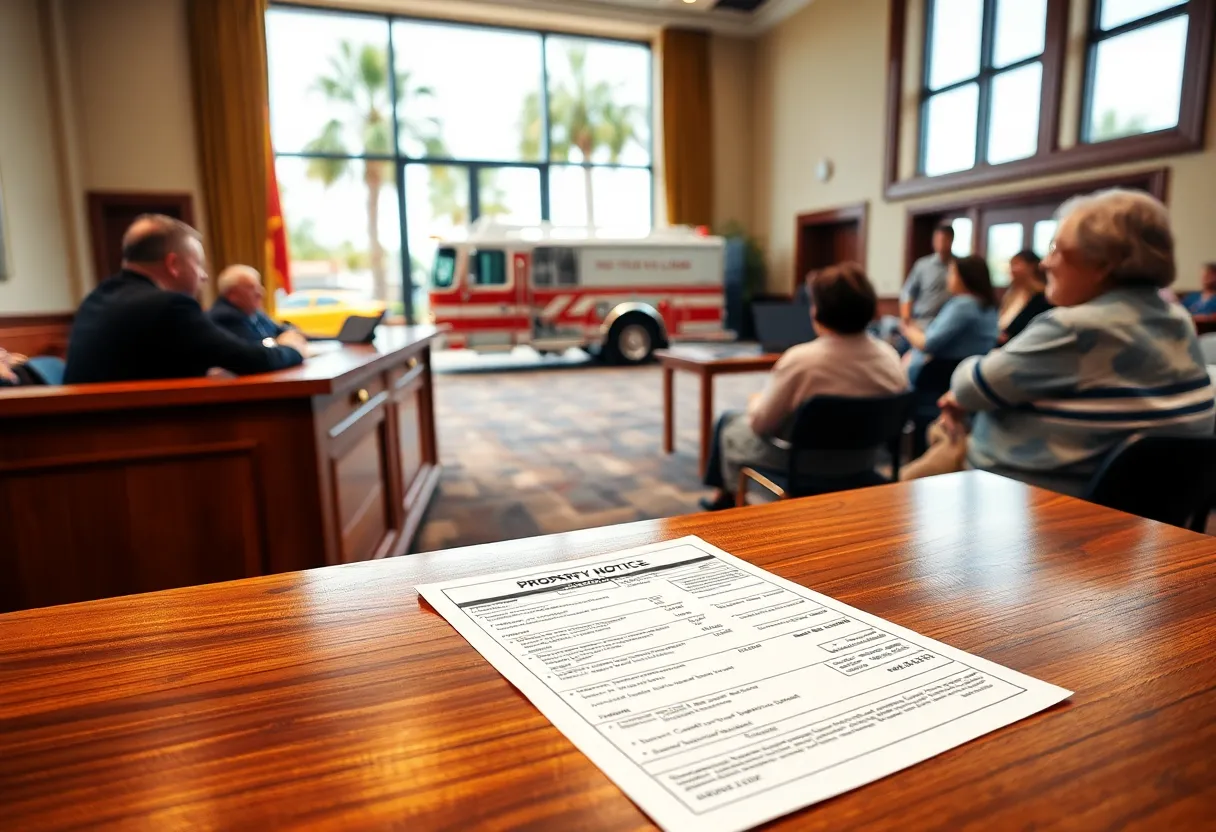Cincinnati, August 17, 2025
News Summary
CIG Communities secured a $56.4 million construction loan to convert a 27-story former office tower at 36 E. Seventh St. into Avant, a 162-unit apartment community. Construction is already underway on the landmark downtown site as part of a regional push to repurpose idle office stock and address housing shortages. The project joins several other major adaptive-reuse efforts in Cincinnati that combine private loans and public incentives to bridge retrofit costs. Developers expect units to hit the market next year, with conversions helping to reactivate downtown cores while navigating structural, zoning and mechanical challenges.
Local developer secures $56.4 million construction loan to convert downtown office tower into 162 apartments
Construction financing is now in place for the conversion of the 27‑story former URS office tower at 36 E. Seventh St. in downtown Cincinnati. A Greater Cincinnati developer obtained a $56.4 million construction loan to support work that has already started converting the building into a 162‑unit apartment community to be called Avant. The developer purchased the office portion of the building in 2024 and describes the project as a landmark development that will help revitalize Cincinnati’s urban core. The new residential units are expected to reach the market next year.
What this project means now
The loan clears a major financial hurdle and moves the conversion from planning into active construction. Developers are installing modern mechanical, electrical and plumbing systems inside an existing commercial shell while reconfiguring floor plates for apartments and adding resident amenities. Project backers say the development will bring more workforce housing to downtown and support broader downtown revitalization goals.
Why this matters regionally and nationally
Across many U.S. cities, high office vacancies and persistent housing shortages have pushed developers and city leaders to consider office‑to‑residential conversions as a practical response. These adaptive reuse projects range from small, targeted retrofits to very large transformations of landmark towers. Outcomes depend on the building’s physical layout, available incentives, local regulations and market demand.
Recent notable conversions that show the range of approaches
Several major conversions illustrate how scale, funding and design vary:
- LaSalle Residences (Chicago): A historic downtown tower is repurposing roughly 222,500 square feet of underused office space into 226 apartments across multiple floors. The program includes studios, one‑ and two‑bedrooms, with about one‑third of units set aside as affordable under a civic initiative to transform a central street into a mixed‑use corridor. The conversion includes new lobby and fitness spaces, coworking‑style lounges and penthouse terraces with an outdoor pool. Work on this project began in the year of the report and is expected to finish in 2026.
- SoMA at 25 Water St. (New York): One of the largest-ever office‑to‑residential conversions transformed a midcentury office tower into a 1,320‑unit luxury community. The multiyear, high‑cost overhaul included an overbuild to add floors, facade replacement for larger windows, and an extensive roster of amenities, while reserving a share of units as affordable housing. The project also used local tax tools aimed at encouraging conversions.
- Altitude on Main (Richmond, Va.): A 1960s office tower is being converted into a 17‑story building with about 302 units plus ground‑floor retail. The project is using both federal and state historic tax credits and private financing, and it plans rooftop amenities, fitness and indoor recreation. Construction is underway with an anticipated opening in the second half of 2026.
- 7 West 7th (Cincinnati): The former Macy’s headquarters reopened recently as a 341‑unit tower after a multiyear effort. The redevelopment used public financing tools and incentives to help close the gap between renovation costs and expected rents. The building now offers a slate of resident amenities and flexible coworking spaces.
Financing, incentives and design hurdles
Developers are combining construction loans, unitranche and other types of private credit, historic tax credits, tax increment financing (TIF) abatements, long‑term property tax exemptions and municipal bond support to make projects viable. Each source of support affects project economics and public benefits. Many conversions require creative engineering to fit modern HVAC, electrical and plumbing systems into older structural grids while preserving historic character where applicable.
Local pipeline and scale
In the Cincinnati region specifically, local tracking shows hundreds to thousands of new apartments coming from office conversions this year. Several large projects are in the pipeline, including multi‑hundred unit conversions of landmark downtown buildings and proposed redevelopment on other urban sites. City officials and developers cite conversions as a key tool to increase downtown residential totals and support a broader mix of uses in the urban core.
Bottom line
The $56.4 million loan for the Avant project at 36 E. Seventh St. marks another step in a growing trend to repurpose underused office space into housing. These projects are complex and costly, but when financing, design and local policy align they can quickly add units, activate downtown blocks and stabilize urban housing supply.
FAQ
What is being built at 36 E. Seventh St.?
The 27‑story former office tower is being converted into a 162‑unit apartment community called Avant. Construction has begun and the units are expected to be marketed next year.
How much is the construction loan?
The construction loan for the conversion is valued at $56.4 million.
Why are office‑to‑residential conversions happening now?
High office vacancy rates and a shortage of urban housing have made conversions an attractive option. They reuse existing buildings, reduce the need for new land development and can be faster than ground‑up construction when financing and approvals align.
What kinds of incentives or financing are used?
Developers use a mix of construction loans, unitranche financing, historic tax credits, TIF abatements, municipal bond issuances and long‑term property tax exemptions to bridge the gap between renovation costs and rent or sale income.
How long do these projects take?
Timelines vary widely. Smaller projects can finish in 12–24 months, while large, complex conversions with overbuilds or historic preservation needs can take several years from demolition to final occupancy.
Key project features at a glance
| Project | Location | Developer / Sponsor | Estimated Cost / Loan | Units | Notable financing / tools | Timeline |
|---|---|---|---|---|---|---|
| Avant (36 E. Seventh St.) | Cincinnati | Local real estate developer | $56.4M construction loan | 162 | Construction loan; expected market launch next year | Construction underway; leasing next year |
| LaSalle Residences | Chicago | Private developer | Conversion project budget (multi‑year) | 226 (mixed unit types) | Affordable unit set‑aside; design and amenity upgrades | Under construction; expected 2026 completion |
| SoMA (25 Water St.) | New York | Consortium of developers | $787M renovation | 1,320 | Large capital stack; tax exemptions for conversion; affordable units | Completed after multi‑year renovation |
| Altitude on Main | Richmond, Va. | RPC Capital & hospitality partner | $68M unitranche loan reported | ~302 | Historic tax credits; unitranche debt | Construction underway; target opening H2 2026 |
| 7 West 7th | Cincinnati | Regional developer | $73M redevelopment | 341 | TIF abatement; municipal bond support | Recently reopened |
Deeper Dive: News & Info About This Topic
Additional Resources
- Multihousing News: Beyond 9 to 5 — How office conversions are reviving downtowns
- Wikipedia: Adaptive reuse
- Local12: Hooper Building conversion underway
- Google Search: Hooper Building Cincinnati conversion
- The Cincinnati Enquirer: Cincinnati’s old offices, warehouses converting to apartments
- Google Scholar: office to residential conversions Cincinnati
- WCPO: $162M Carew Tower conversion moves forward
- Encyclopedia Britannica: adaptive reuse
- Multihousing News: Where are office-to-resi conversions growing most — and why?
- Google News: office to apartment conversions Cincinnati





